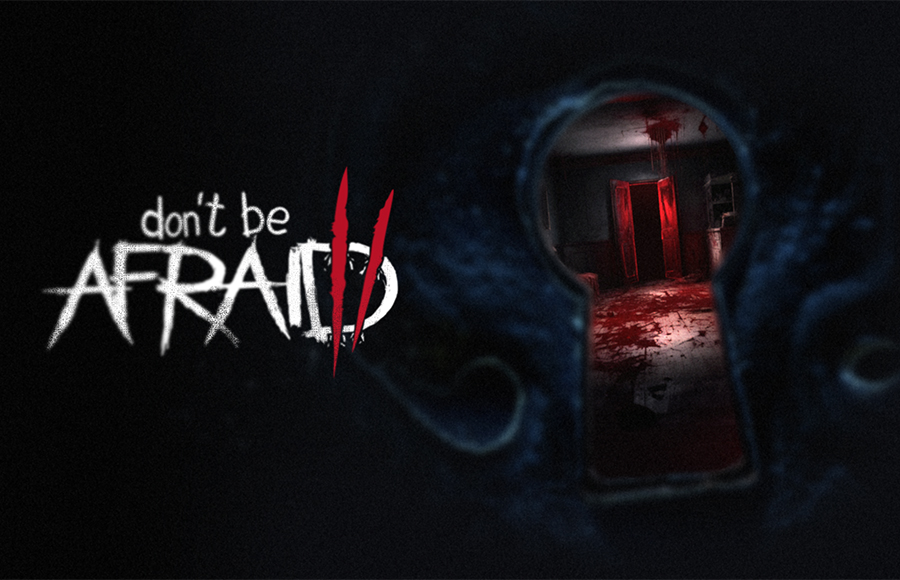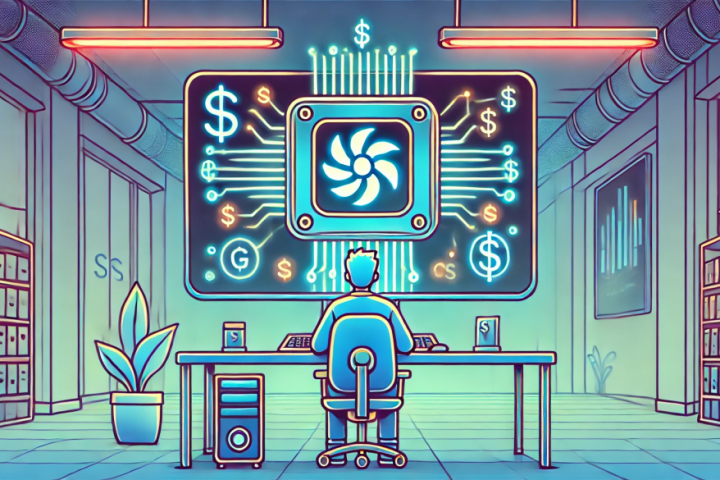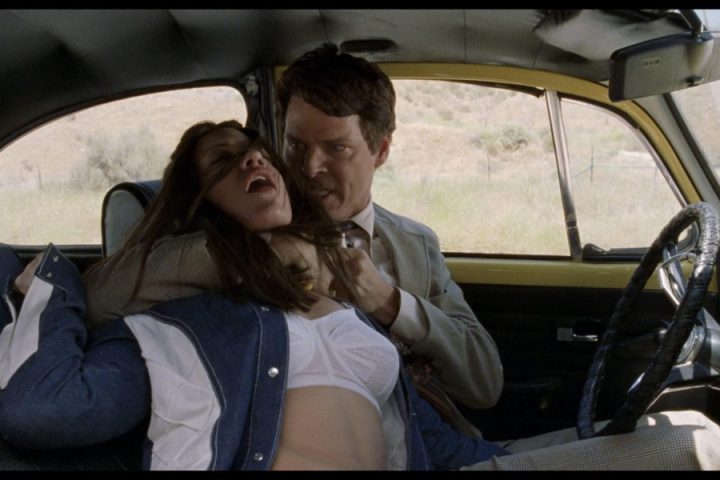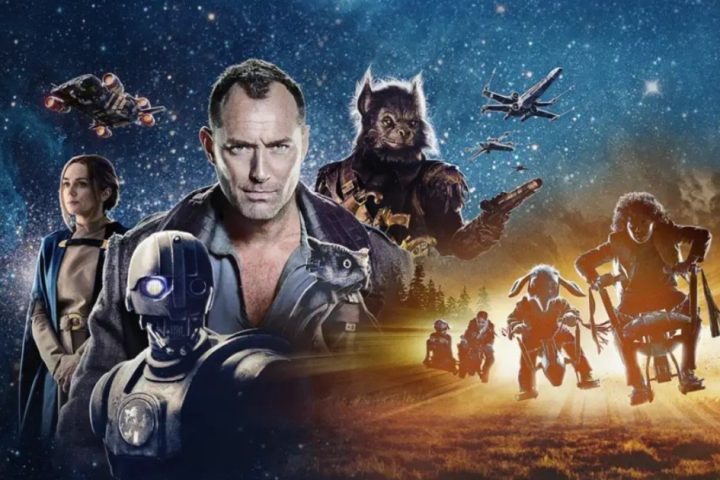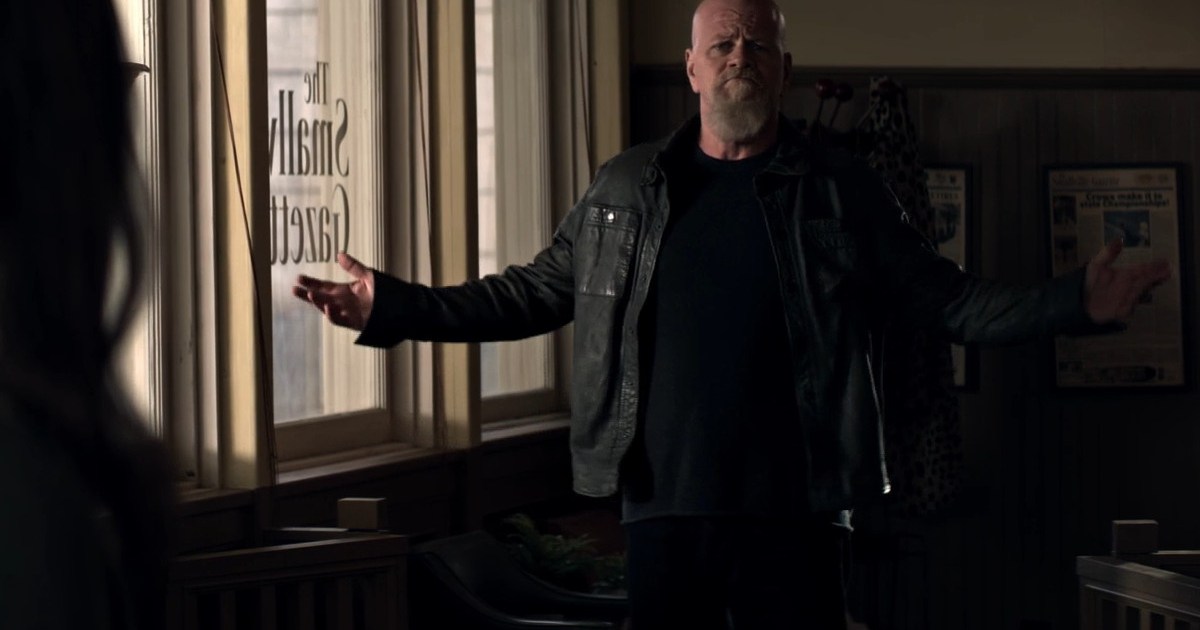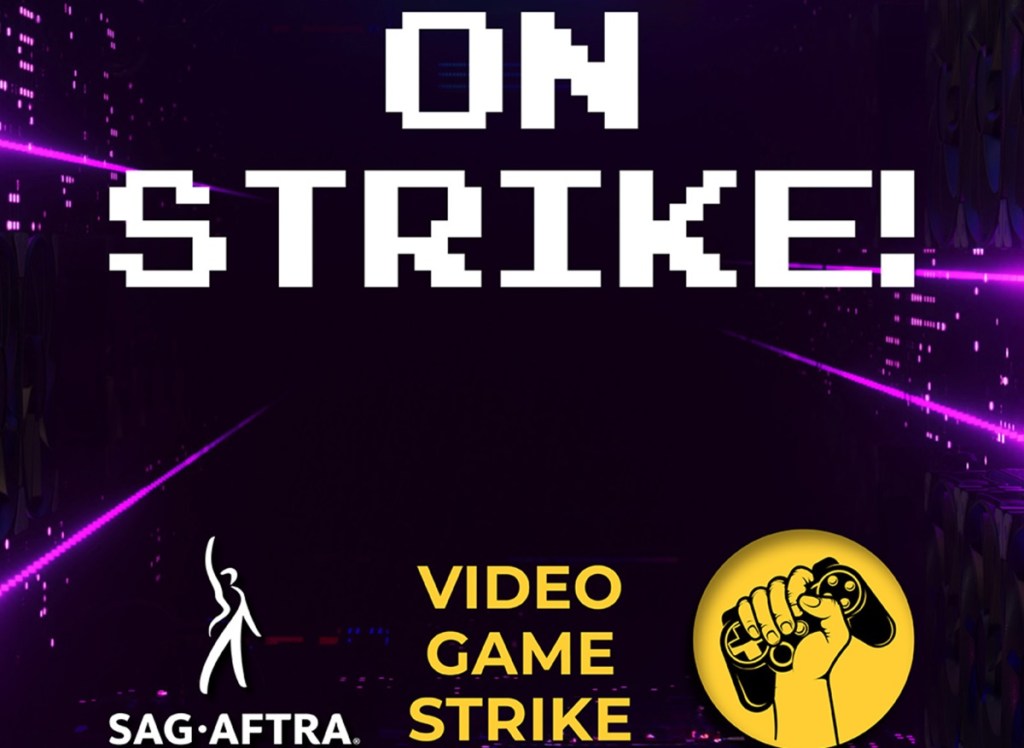Just when he thought he was done with the horror genre, the fans pulled him back in. Resident Evil creator Shinji Mikami thought he had left the world of horror behind when he departed Capcom. However, the fans’ insatiable appetite for more horror followed him to his new studio, Tango Gameworks. Recognizing this demand, Mikami set out to create another horror masterpiece, The Evil Within. A decade after its release, a well-received sequel, Mikami’s departure from Tango Gameworks, and the studio’s subsequent closure have left The Evil Within series in a state of uncertainty. As we wait for Microsoft’s decision on the future of the series, let’s take a trip down memory lane and revisit what made The Evil Within a thrilling experience for Mikami’s fans.
The Evil Within follows the story of detective Sebastian Castellanos, who finds himself in a horrifying world of Stem after being knocked unconscious while investigating a gruesome mass murder at Beacon Mental Hospital. Now, he must navigate this nightmarish world, filled with grotesque creatures, to reunite with his team and unravel the mystery behind the chaos.
Development of The Evil Within began after Mikami had established Tango Gameworks. Codenamed “Project Zwei”, it was Mikami’s answer to the growing concern that Survival Horror games were becoming too action-oriented. At the time, in 2012, Resident Evil 6 was nearing completion and was seen as a departure from the Survival Horror formula that Mikami had established. Initially, Project Zwei was conceived as a game involving a man and woman, chained together, hunting a vampire. This concept eventually evolved into the traditional Survival Horror title we know today.
Despite being released during the transition phase between console generations, The Evil Within still manages to impress with its graphics. The game’s visuals, while reminiscent of the PS3 or 360 era, still hold up today, even if some textures and models show their age. The game’s initial horrors in the hospital’s depths remain as terrifying as ever, with the blood and grime becoming all too real as Sebastian awakens.
The creature design in The Evil Within is still top-notch. The Keeper, a fan favorite, is reminiscent of Silent Hill 2‘s Pyramid Head. With a giant safe for a head, a massive meat tenderizer in one hand, and a sack of severed heads in the other, the comparisons are hard to ignore. And let’s not forget the invisible variant of The Haunted, which never fails to give players a good scare when they suddenly appear right in front of you.
But the graphics are just one part of the Survival Horror formula. The gameplay is equally important, and Mikami made sure to deliver a thrilling experience. From the moment The Sadist chases you with his chainsaw, leading you to take a blood-soaked slide into the sewer, the tension never lets up. It only intensifies when you have to hide from The Sadist in a locker and then sneak past him.
Unlike Mikami’s previous games, stealth plays a significant role in The Evil Within. This was Mikami’s way of staying true to the Survival Horror ethos of scarce ammo. The scarcity of ammo in the game forces players to make every shot count. As a result, players often resort to sneaking around and stealth-killing enemies to conserve ammo, adding a different kind of tension to the game. And it works brilliantly!
Along with the stealth mechanics, the game also features weapon parts and green gel pickups. Scouring the environment for these vital items adds a satisfying layer to the gameplay, giving players an edge in firepower or survival. Compared to Resident Evil 6, which strayed from the Survival Horror ethos, The Evil Within felt like a return to the genre’s roots. However, the trap mechanic can be a bit frustrating, forcing players to move cautiously through levels and find the “sweet spot” to disarm traps without triggering them.
As you delve deeper into The Evil Within, you might experience a sense of déjà vu. Parts of the game bear a striking resemblance to Resident Evil 4. From the exposition via notes and journals to the chainsaw-wielding enemy with a gimmick on his head, the parallels are hard to ignore. But this isn’t necessarily a bad thing. The Evil Within has its own unique mechanics and story, but the similarities to Resident Evil are worth noting.
One aspect of the game that might leave players wanting more is the narrative. The story is somewhat vague, leaving players piecing together bits of information to make sense of it all. The sci-fi elements of STEM, reminiscent of Tarsem Singh‘s The Cell, are left open-ended, allowing for some creative liberties. However, the reasoning behind Ruvik’s choice of settings, from a modern insane asylum to a medieval castle, is left unexplained. While the story of Resident Evil is admittedly goofy, it had a grounded aspect to it, with all the information presented to the player as they progressed.
Despite its narrative shortcomings and similarities to Resident Evil 4, The Evil Within remains a solid title that has stood the test of time. The game was well-received, leading to a sequel three years later. There were even plans for a third entry in the series. 2022’s Ghostwire: Tokyo originally started out as the third entry in the series, while Tango Gameworks’ last title, 2023’s Hi-Fi Rush, seemed to hint at another entry.
Unfortunately, Mikami left Tango Gameworks in 2023, and the studio was among those closed by Microsoft earlier this year. Tango Gameworks was later acquired by South Korean publisher Krafton. However, the rights to The Evil Within and Ghostwire: Tokyo remain with Microsoft, leaving fans in suspense about the future of both series. While we hope for a third entry in the series, there’s still plenty of fun to be had with The Evil Within, despite its flaws.

